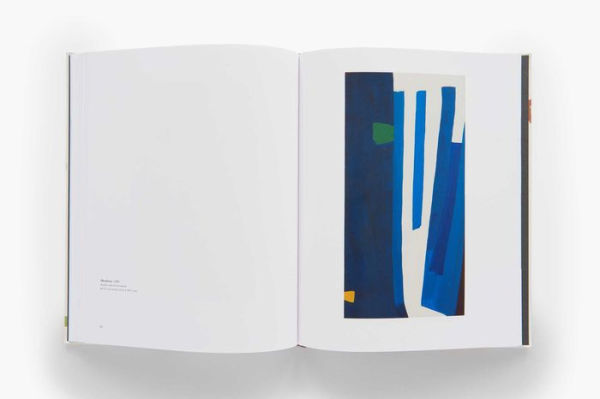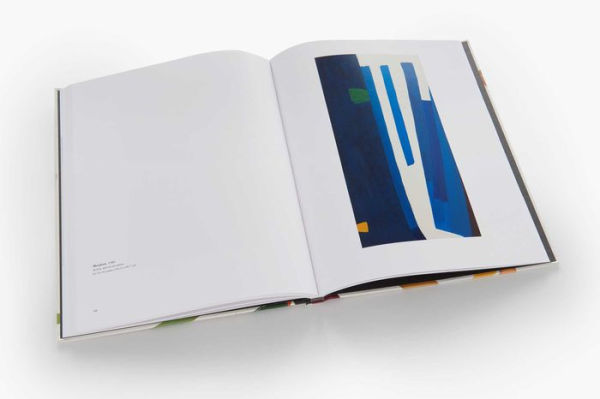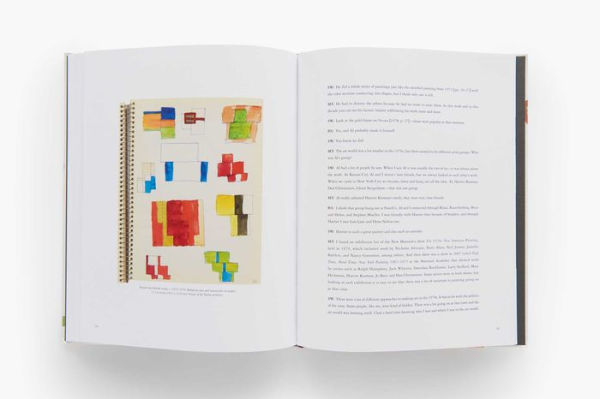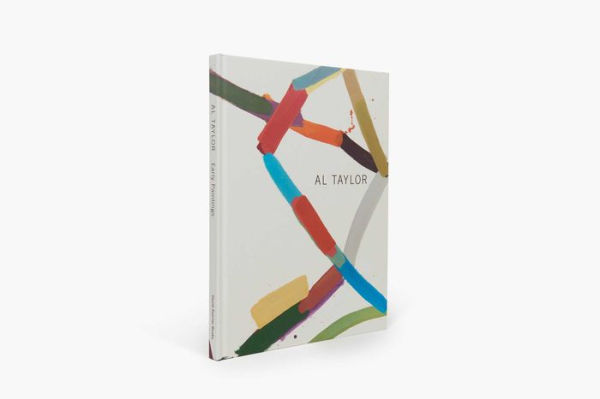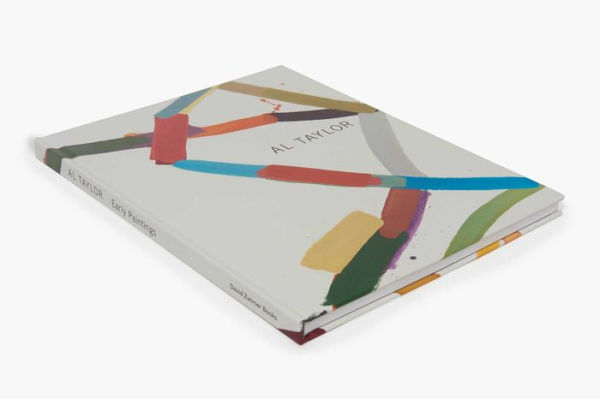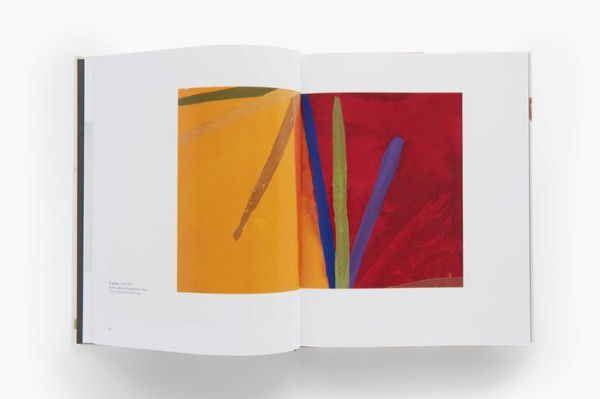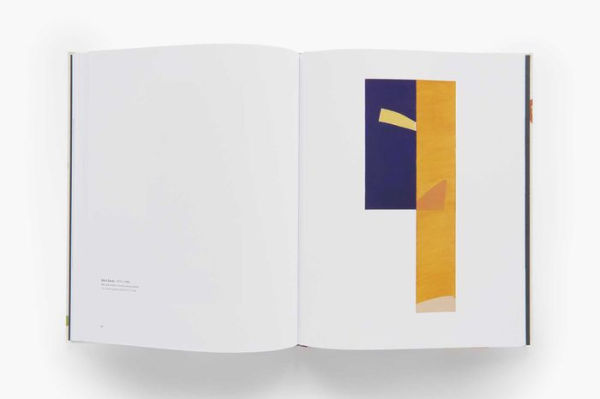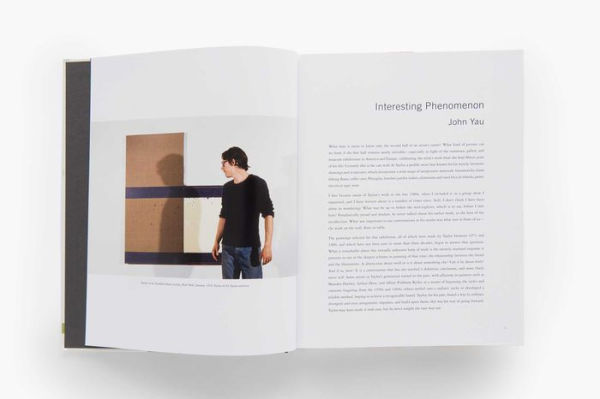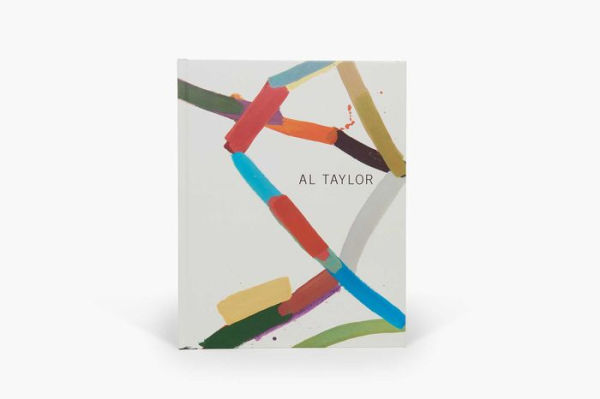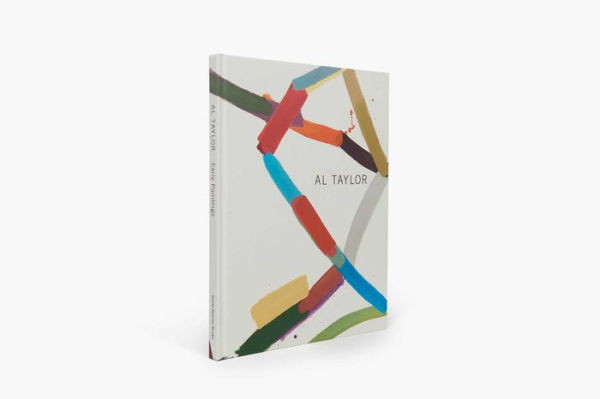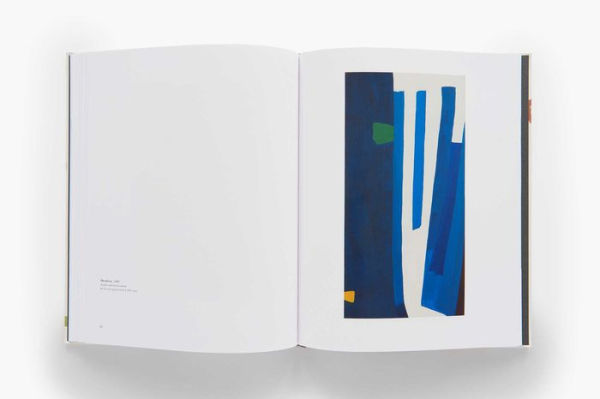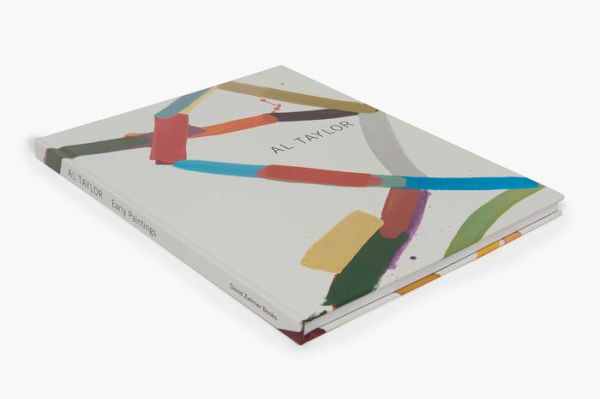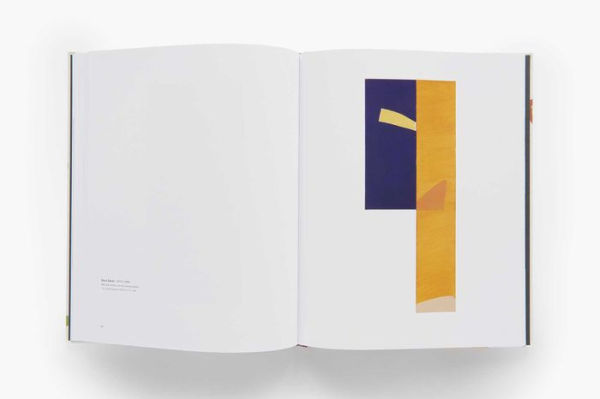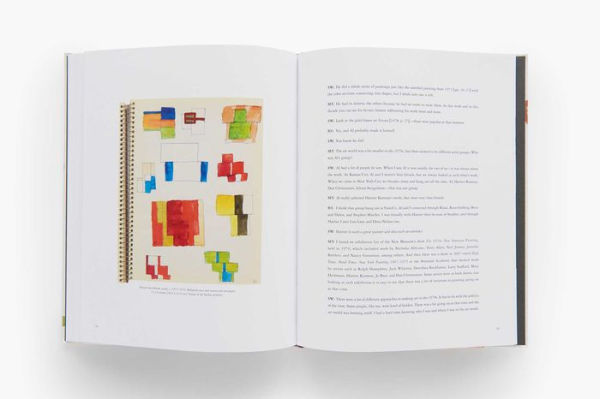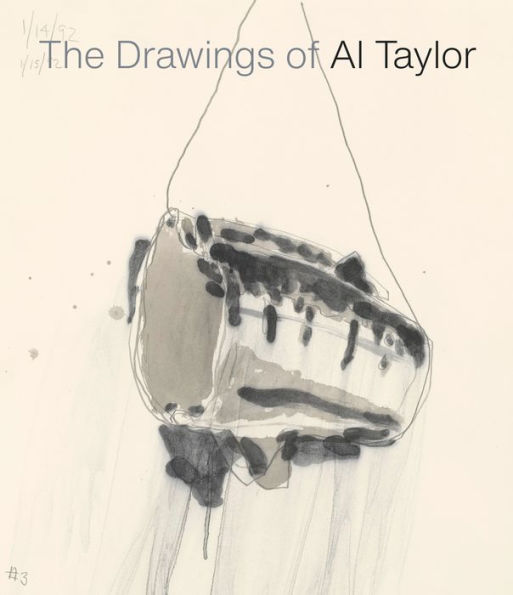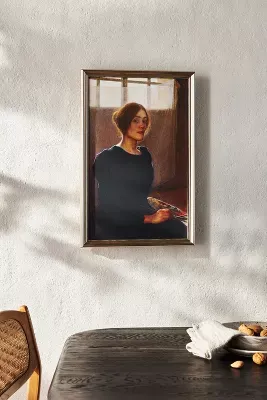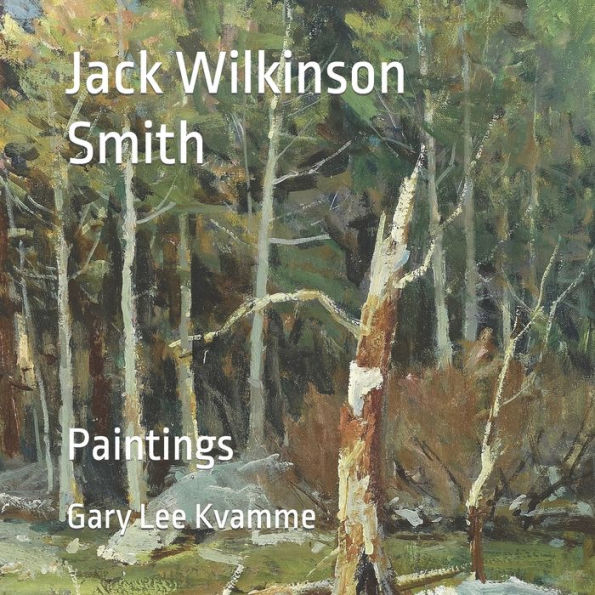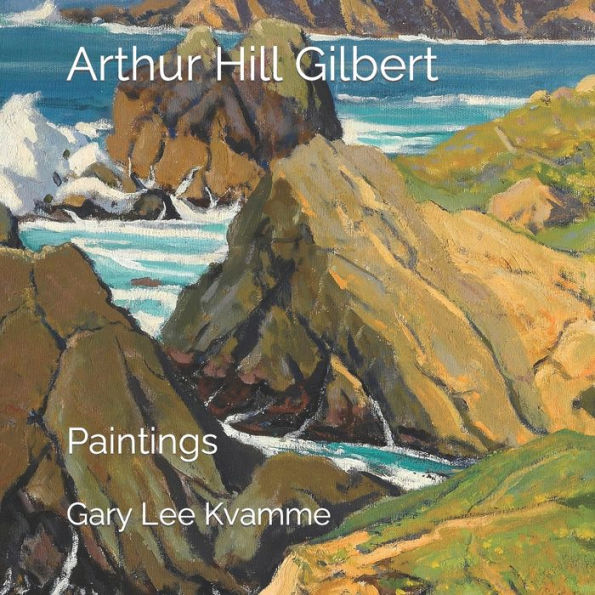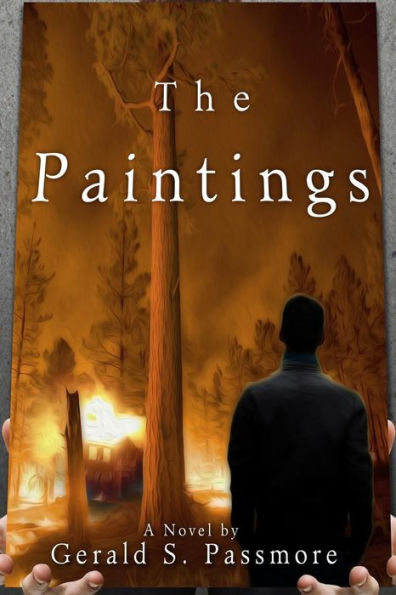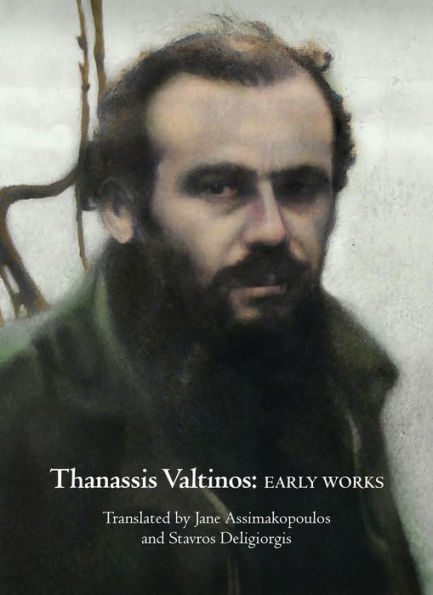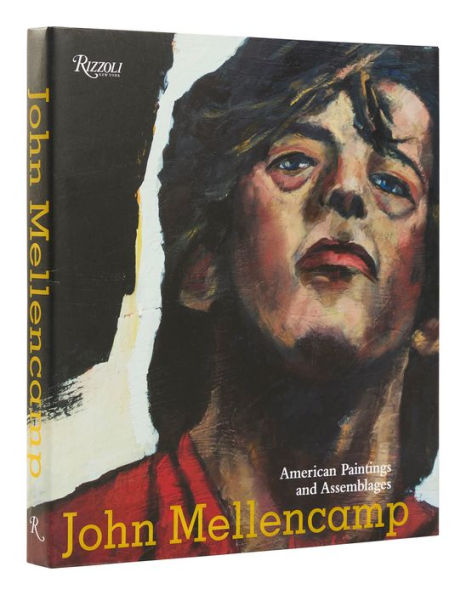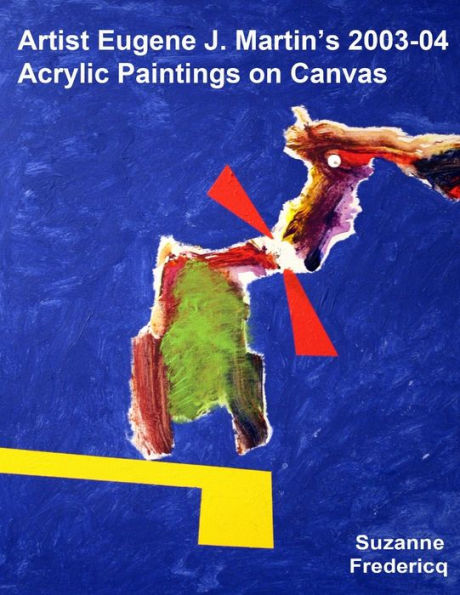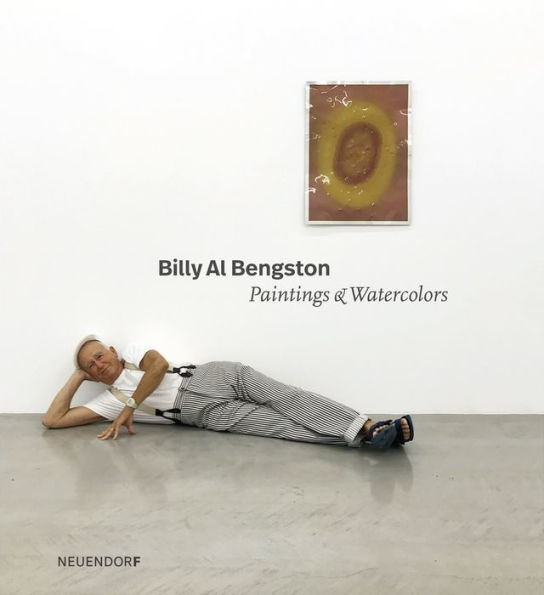Home
Al Taylor: Early Paintings


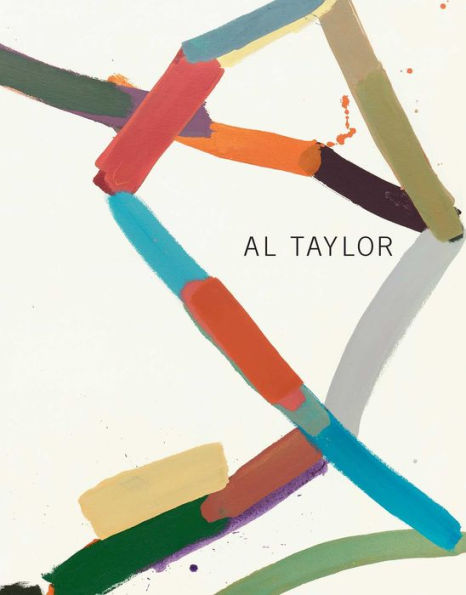
Al Taylor: Early Paintings
Current price: $45.00
Loading Inventory...
Size: OS
Al Taylor began his studio practice as a painter and although he is more widely known for the three-dimensional works he started making in 1985, the artist maintained that his constructions weren’t “at all about sculptural concerns; [they come] from a flatter set of traditions.” Throughout his career, whether he worked on canvas, drawings and prints, or sculpture, the creative process of Taylor’s oeuvre was fundamentally grounded in the formal concerns of painting.
New scholarship by poet and art critic John Yau examines the visual relationships that connect Taylor’s paintings, drawings, and sculptural objects, while also reflecting on the art world in New York City during the 1970s. In addition, a conversation conducted by Mimi Thompson between renowned painters Stanley Whitney and Billy Sullivan—all of whom knew Taylor well during his lifetime—provides insight into his reputation as an “artist’s artist.” Twenty-six paintings are at the heart of this catalogue—embodying the subtleties of reduction and restraint, they nonetheless have hints of the idiosyncratic playfulness that would come to characterize Taylor’s later works. In some canvases, the artist delineates spatial perspectives by incorporating the wall in shaped compositions where a single color often dominates; elsewhere, it is the interaction of his color juxtapositions and fluid paint application that energize the canvas. Both painterly and sculptural in their address, these works deviate from the usual tropes of abstraction to uniquely engage space, perception, and possess a lyrical rhythm.
This new publication reveals and validates the importance of Al Taylor’s paintings both within his own practice and in the context of twentieth-century abstraction.
